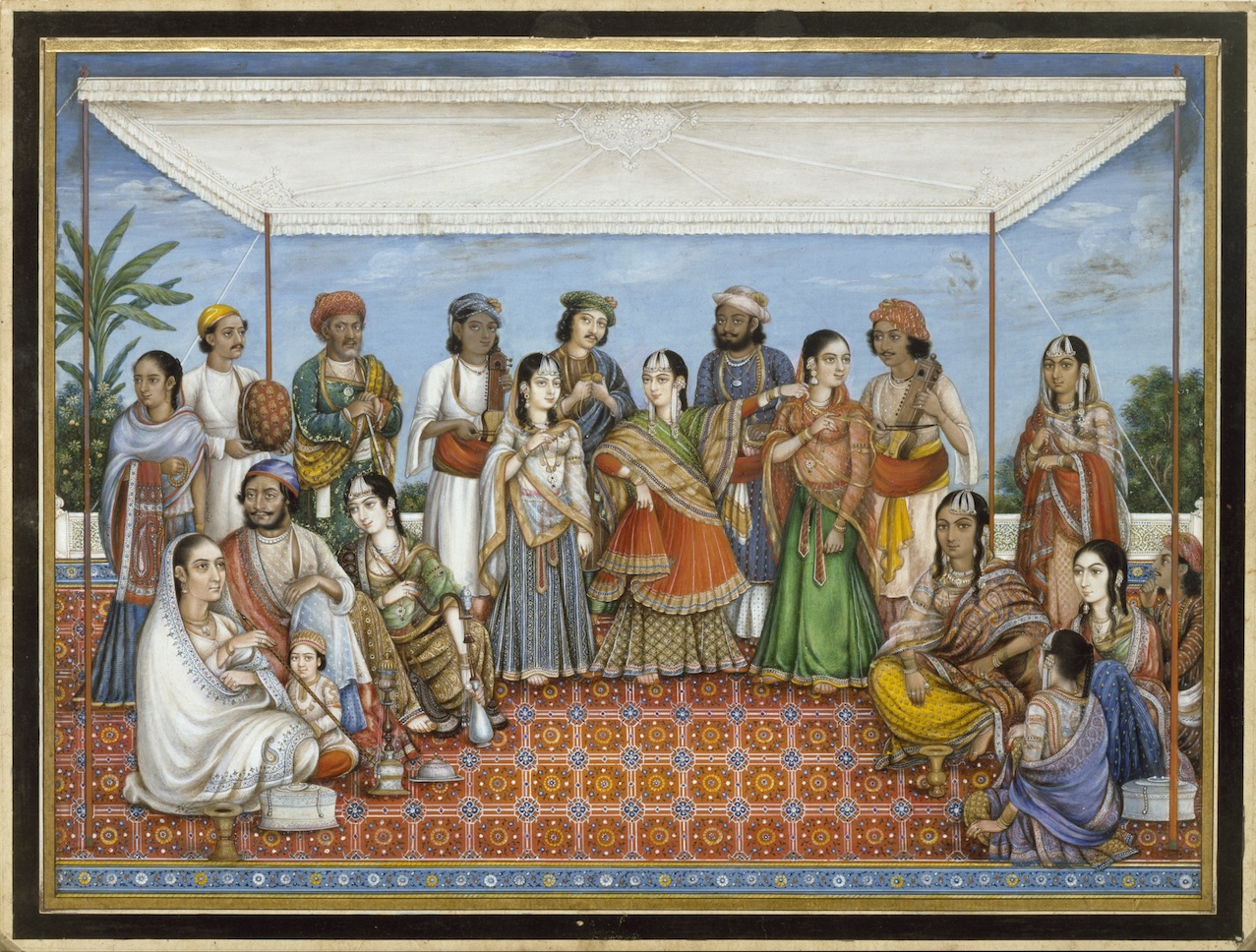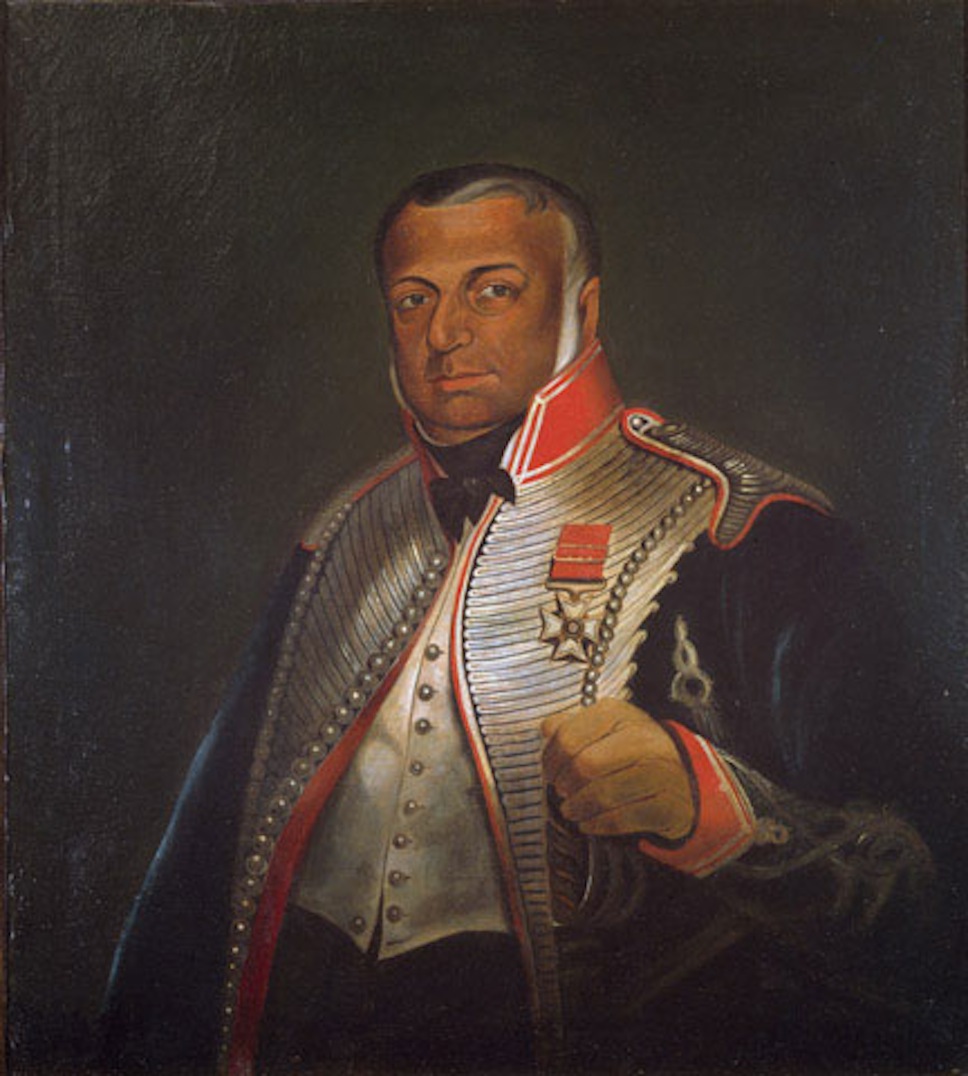fig. 1 Now unknown Indian artist, A group of dancing-girls and musicians performing beneath a canopy (c.1830), made in Delhi, gouache on paper, 30.4 x 40.3 cm (page), Victoria and Albert Museum, London
fig. 4 Now unknown artist, Colonel James Skinner CB, 1st Regiment of Local Horse (c.1836), oil on canvas, National Army Museum, London, after an original by William Melville in the vestry of St. James Church, New Delhi
This is the genealogy of Colonel Skinner’s painting (fig. 1), but what is different about it is that the axis of vision has been turned 90 degrees, displacing the paramount power from a figure of authority inside the picture to the observer who stands outside of it. The world of Anglo-India is oriented differently in 1830 from what it was in 1780. Who has paramountcy in India now? The picture defers to whoever beholds it, flattering the observer with an image of sovereignty over all this.
This is Colonel James Sikander Sahib Skinner, painted by William Melville in 1836 (fig. 4). The son of a Scottish cavalry officer and a high-cast Rajput woman, Skinner knew full well what it was to inhabit an ambiguous position between worlds. Barred from military service with the British, Skinner had begun his military career as an officer in the Maratha Empire under the French general De Boigne. Until its defeat in 1818, the Maratha Empire was the last remaining major threat to British paramountcy in India. After the Second Anglo-Maratha war in 1803 Skinner was offered the command of an irregular cavalry regiment in the British army, which he took and led successfully, obtaining the rank of Colonel and being created a Companion of the Order of Bath in 1828. Throughout his life, Skinner knew how to turn and reorient himself along shifting lines of power.
He is not directly represented in this (fig. 1) image but he is present. The courtesan and the soldier are similar (compare figs. 1 and 4). Both are covered in the ornamental garb of their role and station in Anglo-Indian society. Both bear the heraldry and insignia of their trades. The dancer is posed in one of the first positions of that Islamicizing court dance we now know as Kathak, a finishing posture called a gat embroidered with a stylized mudra of the hand. Skinner is posed in one of the first positions of academic portraiture, in three quarters view, emblazoned by his uniform, his hand resting upon a sabre, an emblem of the colonial-military state. Her eyes look soporific, absorbed in an auspicious mode of seeing known by dancers as khumari in which the rasa or aesthetic flavour of the dance is experienced. His eyes are set with all the mytho-military romance of state—both gaze out on the world of Anglo-India, somewhow, as it were, from the same body.


